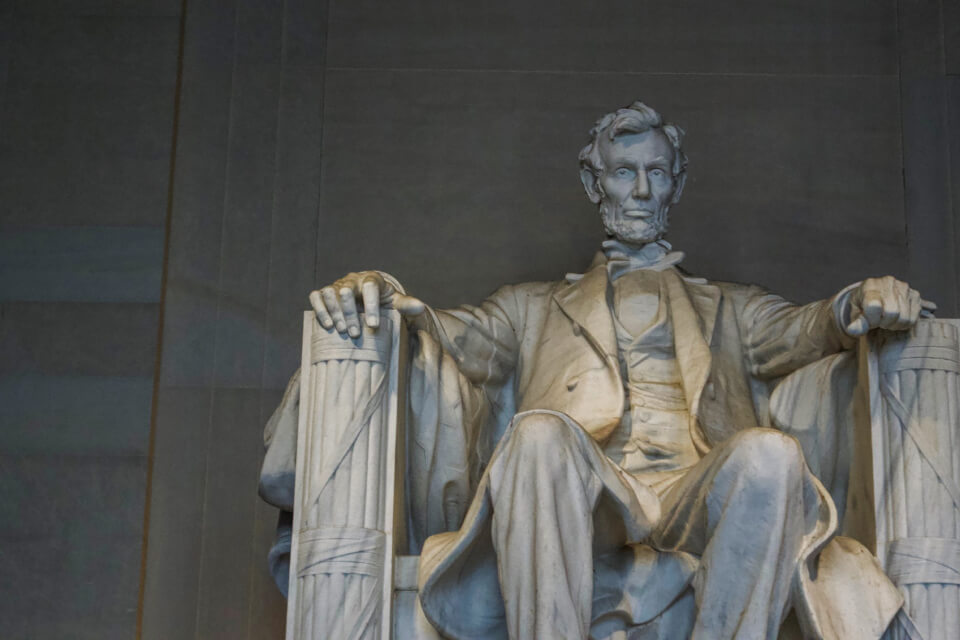Introduction
Politics, the art and science of governance, is a complex and dynamic field that plays a significant role in shaping societies and nations. At the heart of politics lies a nuanced web of power dynamics—interactions, relationships, and influences that determine how decisions are made, policies are crafted, and resources are allocated. In this blog post, we’ll delve into the intricate world of power dynamics within politics, understanding its various dimensions, and exploring its implications on governance and society.
Understanding Power Dynamics in Politics
1. Defining Power Dynamics
- The Essence of Power: Power is the ability to influence or control the behavior of others, often involving authority, resources, and decision-making.
- Dynamic Interplay: Power dynamics in politics involve the complex interplay of individuals, institutions, ideologies, and interests.
2. Sources of Political Power
- Political Institutions: Government bodies, legislative bodies, and executive branches wield power through the enactment and enforcement of laws.
- Economic Influence: Corporations, industries, and wealthy individuals can exert power through financial contributions and lobbying efforts.
- Social Movements: Grassroots movements, advocacy groups, and civil society organizations influence politics by mobilizing public support.
Exploring Power Dynamics
1. Hierarchical Power Structures
- Centralized Authority: Hierarchical power structures often revolve around a central authority figure, such as a president, monarch, or prime minister.
- Bureaucratic Influence: Bureaucracies, as administrative bodies, can wield significant power in implementing policies and regulations.
2. Power Plays in Political Parties
- Party Leadership: Political parties are microcosms of power dynamics, with leadership positions dictating party direction and strategies.
- Intraparty Rivalries: Factions within parties compete for influence, often shaping policy agendas and electoral strategies.
3. Lobbying and Special Interest Groups
- Influence Through Advocacy: Lobbyists and interest groups aim to influence policies by advocating for specific issues, often leveraging financial support.
- Corporate Influence: Corporations may use lobbying to shape policies that align with their interests, sometimes leading to debates over corporate influence.
4. Media and Public Opinion
- Information Influence: Media outlets shape public opinion by framing issues, highlighting certain narratives, and scrutinizing political actions.
- Political Messaging: The power to shape public narratives can influence public perception of politicians and policies.
5. Political Alliances and Coalitions
- Collaborative Power: Political parties form alliances and coalitions to gain collective influence, often in pursuit of shared policy goals.
- Negotiations and Compromises: Power dynamics are evident in coalition negotiations, where parties bargain for policy concessions.
Implications of Power Dynamics
1. Transparency and Accountability
- Ensuring Accountability: Transparent governance mechanisms hold leaders accountable for their decisions and actions.
- Avoiding Concentration of Power: Effective power dynamics ensure that power is distributed and not concentrated in a few hands.
2. Representation and Inclusion
- Voice of the Marginalized: Inclusive power dynamics ensure marginalized communities and voices are represented in decision-making.
- Equitable Resource Allocation: Balanced power dynamics prevent resource monopolization and promote equitable distribution.
3. Manipulation and Corruption
- Ethical Challenges: Unchecked power dynamics can lead to manipulation, corruption, and abuse of authority.
- Safeguarding Democracy: Strong institutions and transparent processes are essential to prevent power from being exploited for personal gain.
4. Grassroots Activism and Social Change
- Influence Beyond Institutions: Grassroots movements can challenge traditional power structures, driving social and political change.
- Advancing Rights and Justice: Activism influences policy agendas by advocating for justice, equality, and human rights.
Navigating Power Dynamics
1. Active Participation: Citizen Engagement
- Voting: Participate in elections to influence political leadership and policy direction.
- Advocacy: Join advocacy groups and engage in activism to influence policies aligned with your values.
2. Promoting Transparency and Accountability
- Access to Information: Demand transparency in decision-making processes and hold leaders accountable for their actions.
- Independent Media: Support independent media that scrutinizes political actions and promotes an informed citizenry.
3. Building Inclusive Politics
- Diverse Representation: Advocate for diverse representation in political bodies to ensure equitable decision-making.
- Intersectional Advocacy: Support intersectional policies that address the needs of marginalized communities.
4. Educating and Mobilizing Communities
- Political Literacy: Educate yourself and others about power dynamics, encouraging informed civic engagement.
- Community Empowerment: Mobilize communities to collectively advocate for policies that address local needs.
Conclusion: Empowering Citizens in the Political Landscape
Power dynamics lie at the heart of politics, shaping governance, policy decisions, and societal progress. To navigate the intricate web of power, citizens must engage actively, demand transparency, and champion inclusivity. A thriving democracy depends on a vigilant citizenry that holds leaders accountable, advocates for justice, and strives to create a political landscape that truly represents the collective will and aspirations of the people. By understanding and engaging with power dynamics, individuals contribute to the ongoing evolution of political systems that serve the greater good and foster a more just and equitable society.




